Ethereum briefly surged to a new record above 4,900 over the weekend but has struggled to sustain momentum just shy of the 5,000 psychological barrier. While ETH has outpaced Bitcoin in recent weeks on the view that BTC was overextended, momentum signals indicate Ethereum may now be equally exhausted.
Besides, historically, oversized weekend surges often retrace once liquidity returns early in the week. That dynamic, coupled with stretched momentum, leaves Ethereum exposed to a near-term correction.
Technically, while further rise cannot be ruled out yet, bearish divergence condition in 4H MACD suggests that Ethereum’s upside will likely be capped by 200% projection of 1,382.55 to 2,879.27 from 2,110.58 at 5,104.02. This makes the 5,000–5,100 area a formidable resistance zone.
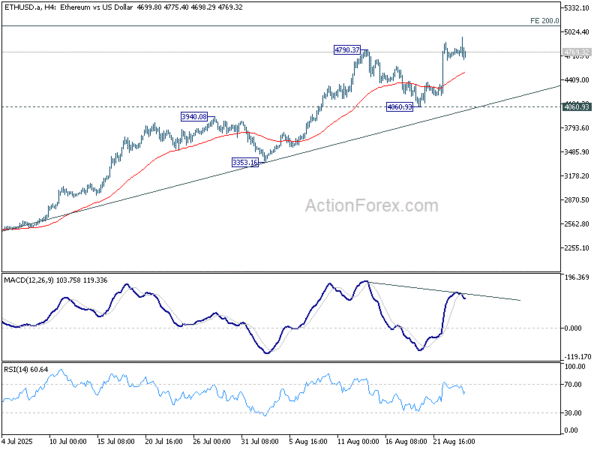
On the downside, firm break of 55 4H EMA (now at 4,508.16) will confirm short term topping. In this case, Ethereum should then be correcting the rise from 2,110.58, which is seen as the third leg of the whole up trend from 1,382.55. Deeper correction should be seen to 4,060.93 support, or even further to 55 D EMA (now at 3,806.63) before resuming the up trend again with the final leg.
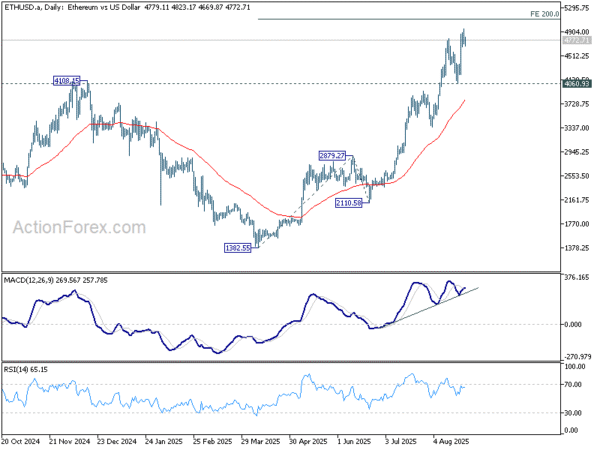
As for Bitcoin, the break of 111,889 support suggests that it’s already correcting the rise from 74,373. Near term risk will stay on the downside as long as 117,433 resistance holds. Deeper correction should be seen to 38.2% retracement of 74,373 to 124,553 at 105,384.
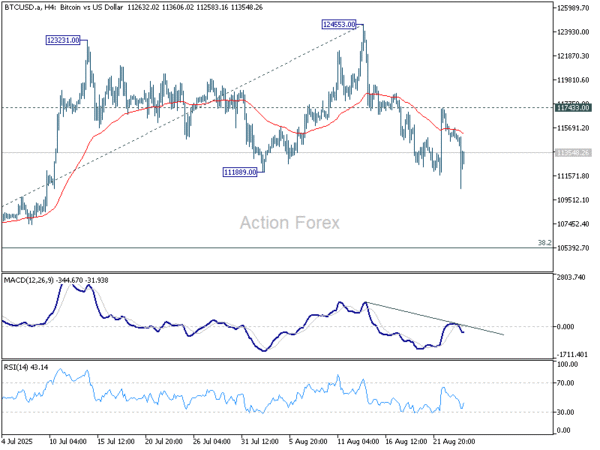

This leaves the near-term outlook more cautious across the crypto space, with both BTC and ETH vulnerable to profit-taking before attempting fresh highs later in the cycle.




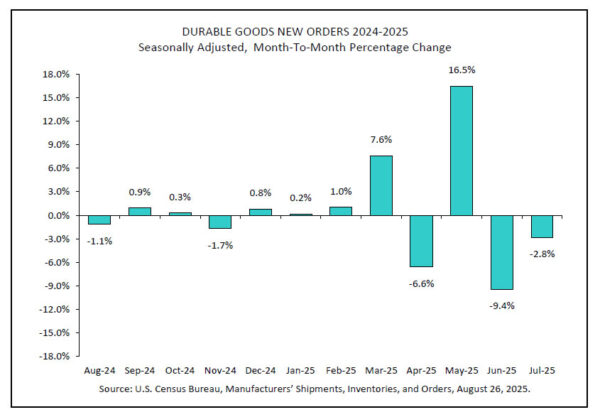

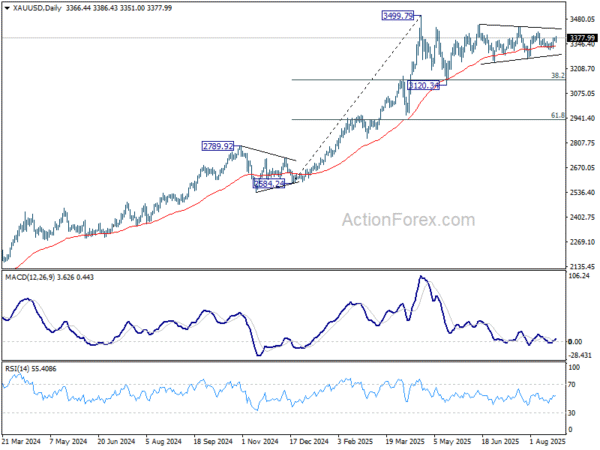
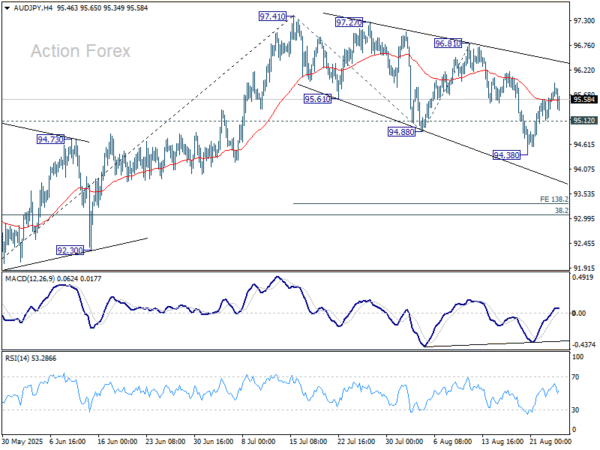
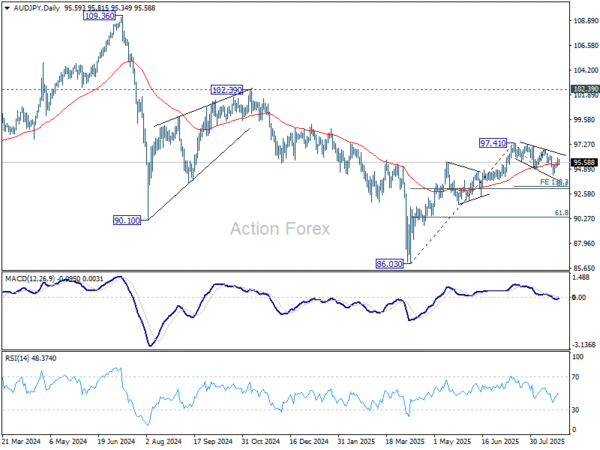
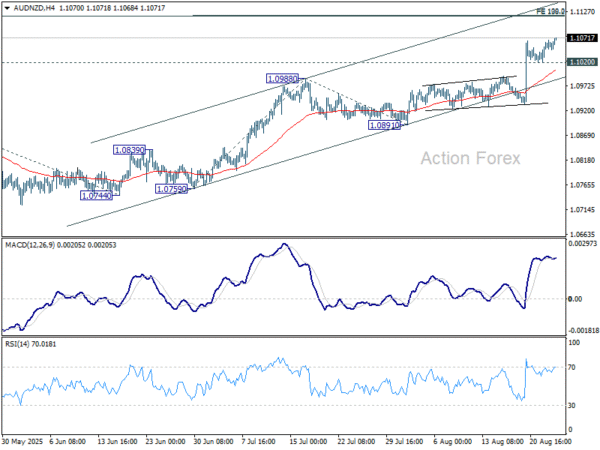
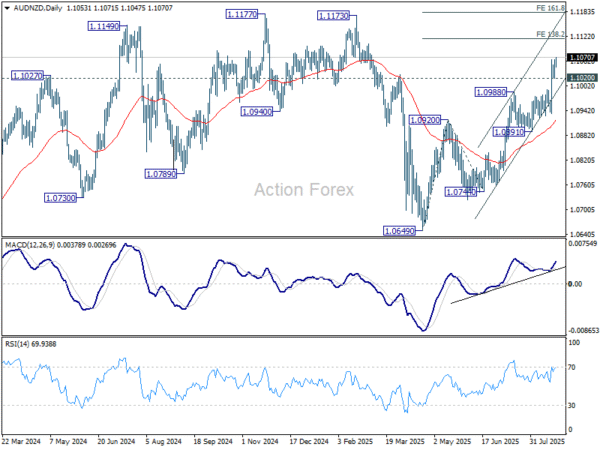
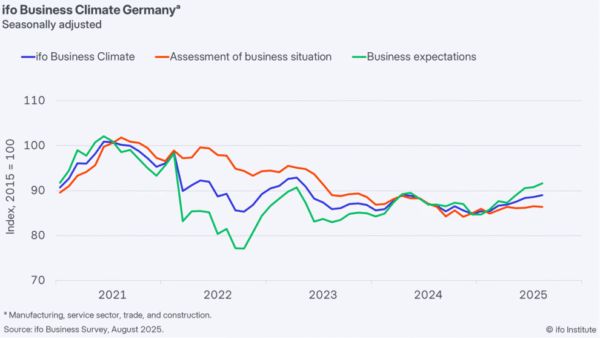




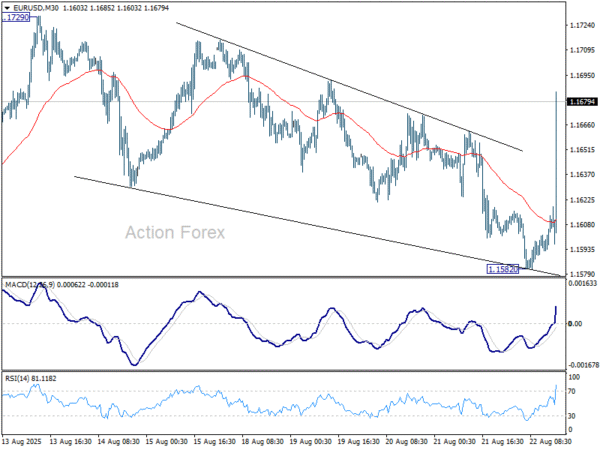
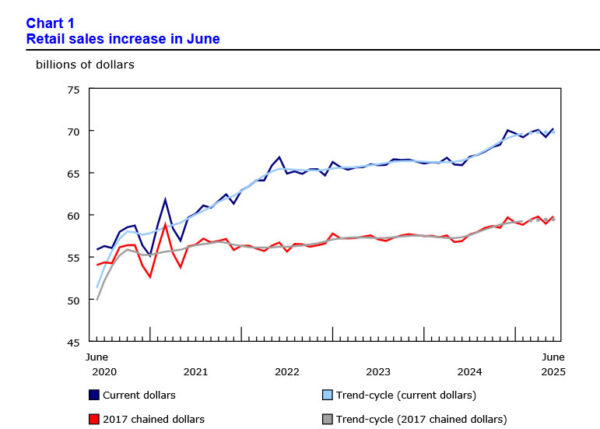
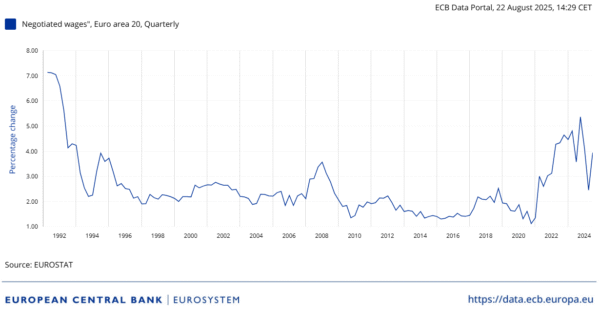
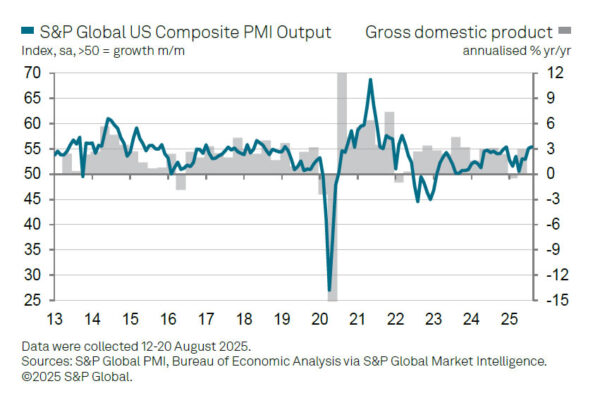

US consumer confidence edges up to 97.4, inflation expectations rise to 6.2%
U.S. Conference Board Consumer Confidence rose slightly in August, edging up to 97.4 from 97.2, beating expectations of 96.3. The modest gain masked underlying weakness, however, with Present Situation Index slipping to 131.2. Expectations Index fell to 74.8, staying well below the 80 threshold that typically signals a recession ahead.
The details showed consumers were less upbeat about the labor market, with job availability perceptions declining for an eighth straight month. At the same time, optimism about future income faded, even as expectations for future business conditions improved modestly. The Conference Board noted that consumer confidence has effectively plateaued at recent levels.
Inflation expectations added a note of caution, rising to 6.2% in August from 5.7% in July after three months of declines. While still below April’s 7.0% peak, the uptick underscores persistent concerns about price pressures.
Full US consumer confidence release here.